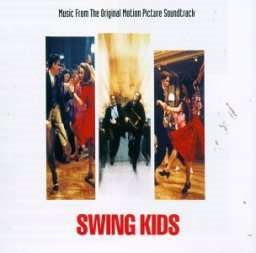
Before Julia Child became a world-famous chef, she worked for the OSS - the Office of Strategic Services - during World War II. Surprised? You shouldn't be.
Intelligence gathering during World War II wasn't just limited to men. Women played a vital role. Whether they were in the office, typing reports and decoding codes or out in the field, risking their lives as undercover agents, women filled a vital link in intelligence operations.
Elizabeth McIntosh's Sisterhood of Spies is a compelling account of these women, including McIntosh herself, that is brimming with details about the OSS. With pictures, first-hand accounts, and little-known facts, Sisterhood of Spies is a brilliant examination of how women bravely met the challenges of war.







